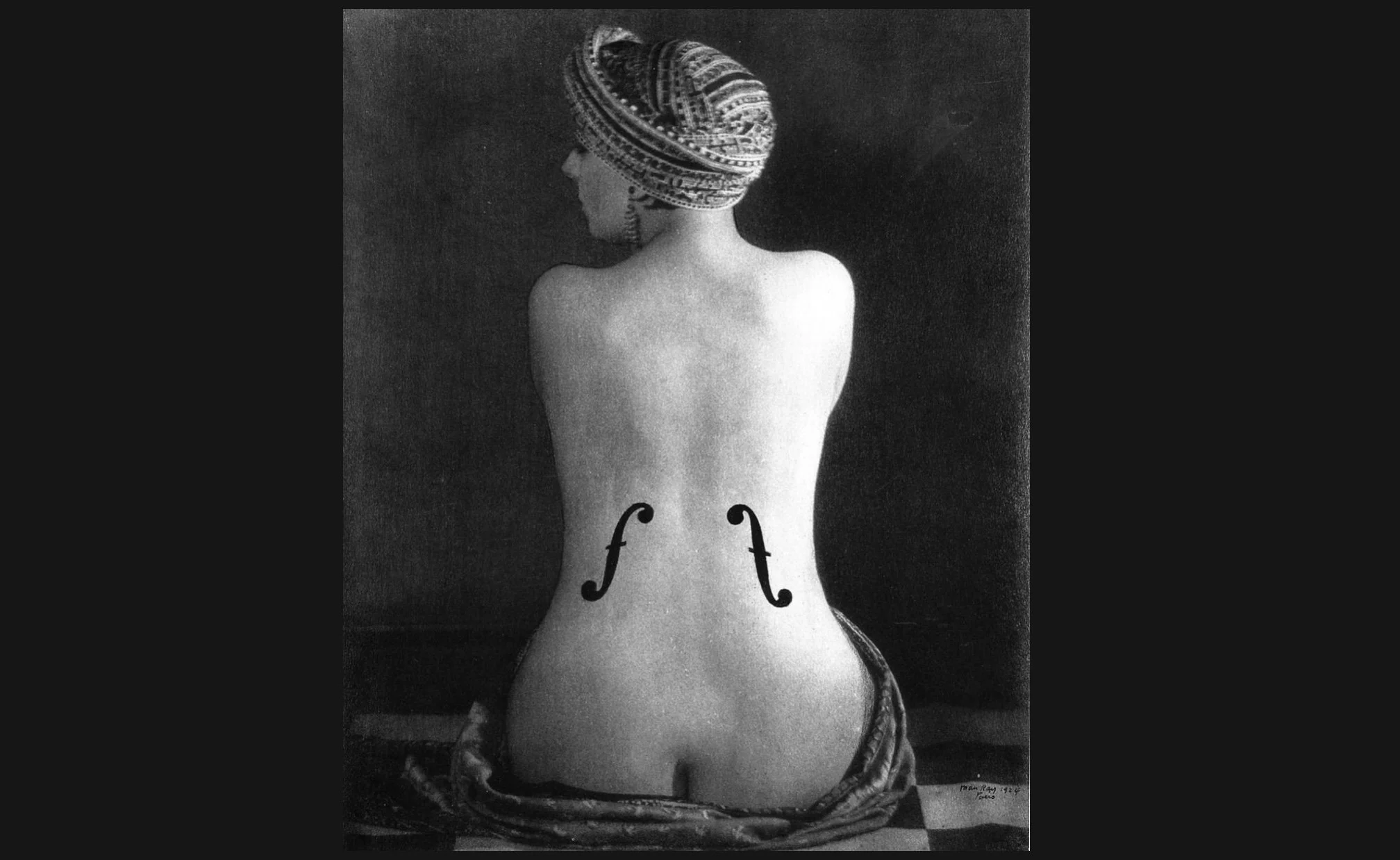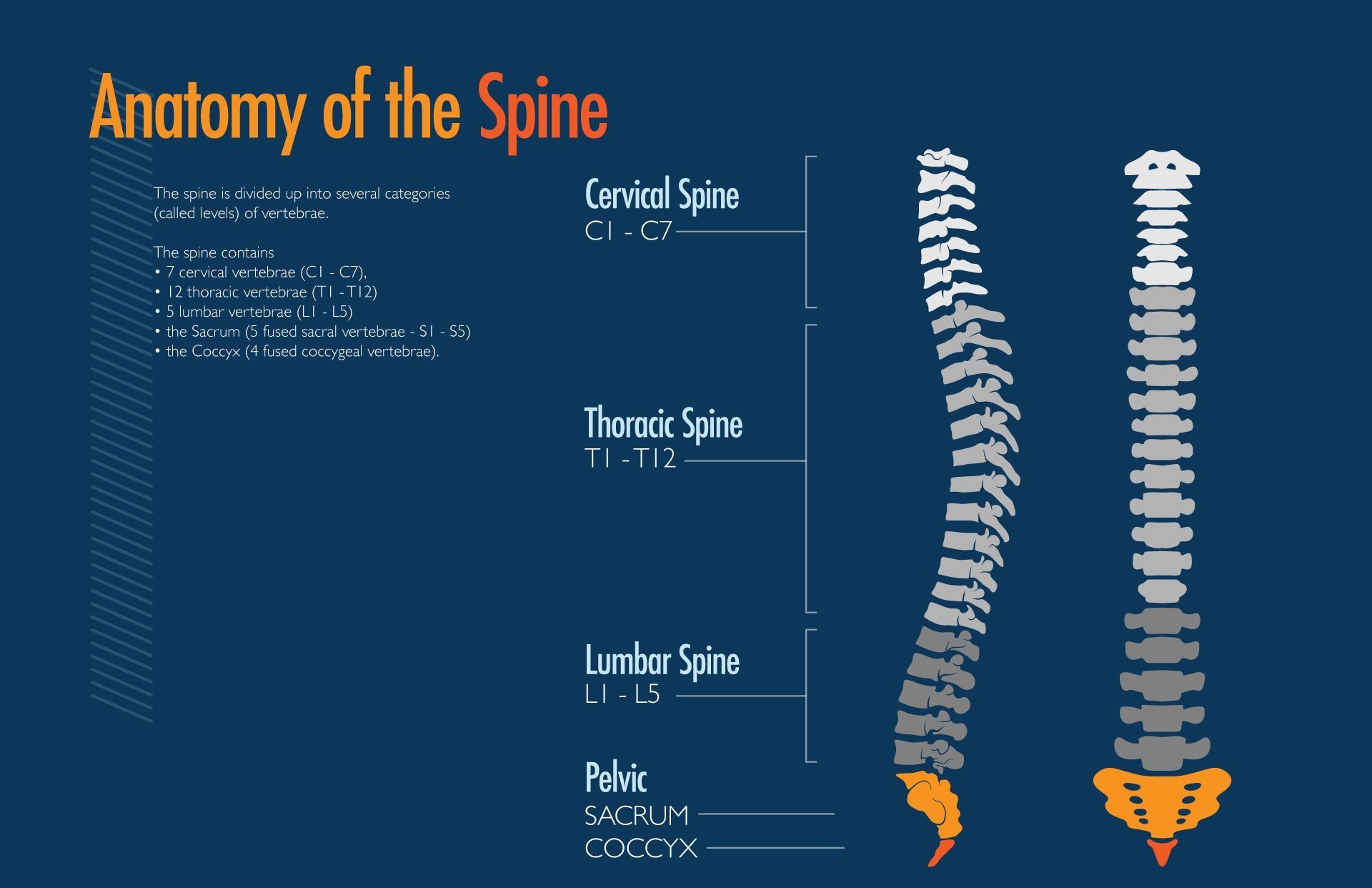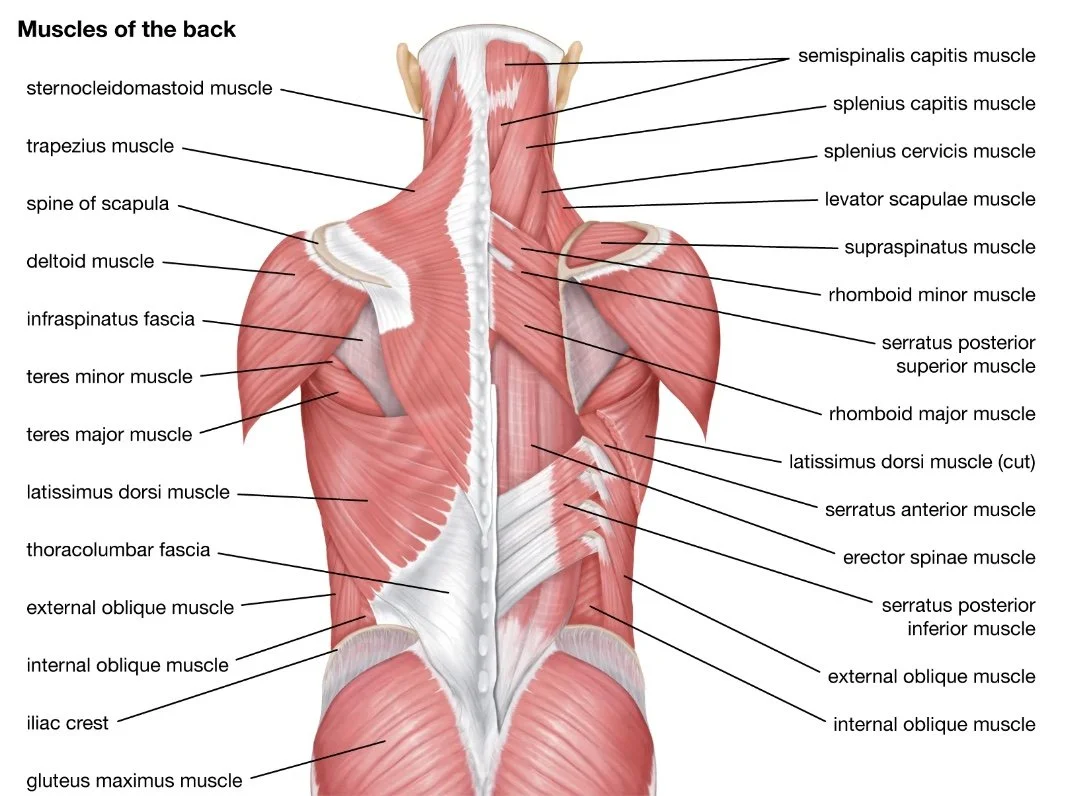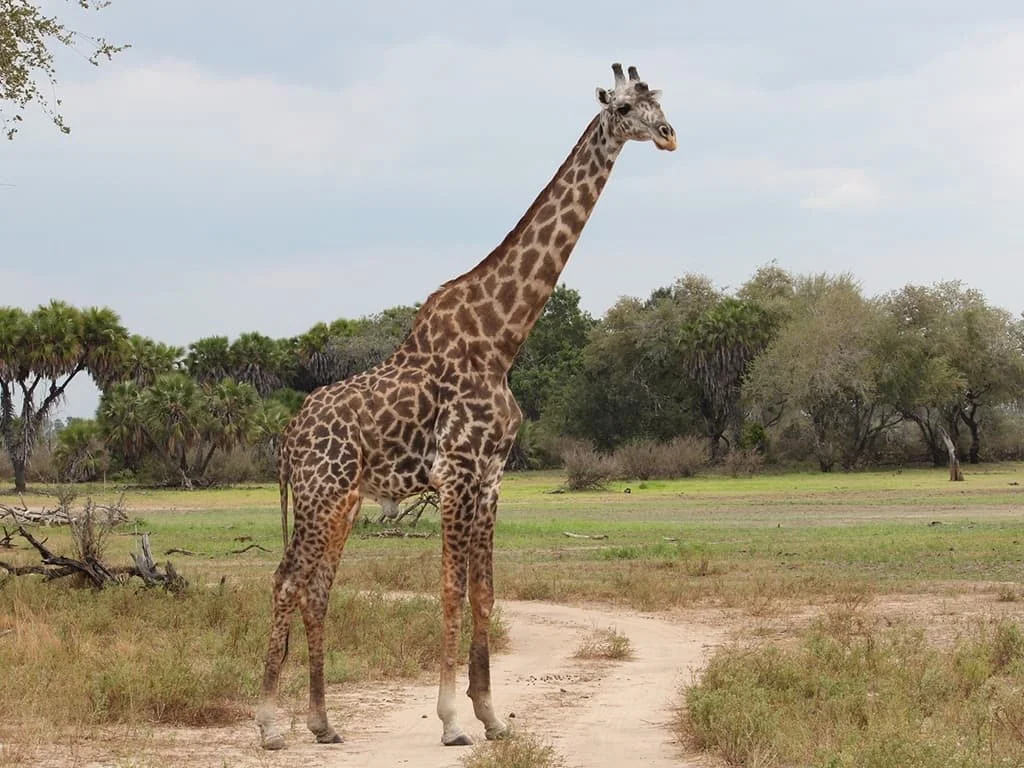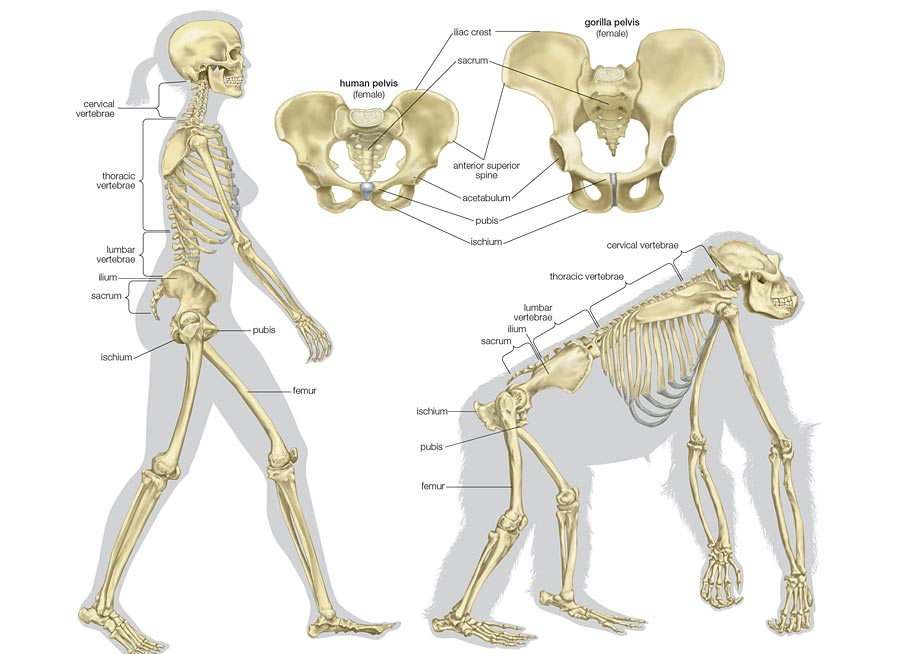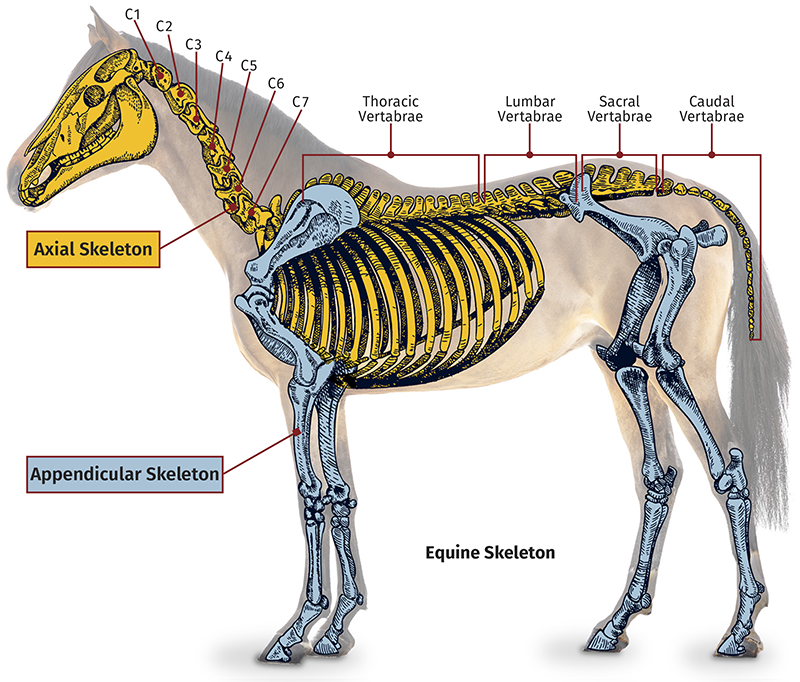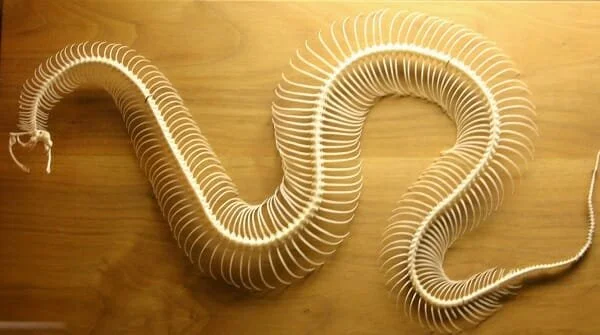By The Landlord
“If you would seek health, look first to the spine." – Socrates
“The spine is the highway to the Infinite.” – Paramahansa Yogananda
“A man is as old as his spine is flexible.” – Joseph Pilates
“No one who has experienced facing a screaming, boiling, hysterical audience can avoid feeling shivers in the spine. It's a thin line between celebration and menace.” – Agnetha Faltskog, ABBA
“To succeed in life, you need three things: a wishbone, a backbone and a funny bone.” – Reba McEntire, country singer
“I wish I had a gentle mind and a spine made up of iron.” – St. Vincent
“Icy fingers up and down my spine, The same old witchcraft when your eyes meet mine.” – Johnny Mercer
“My rhyming skills got you climbing hills, I'll travel through your mind into your spine like siren drills.” – Eminem
Reading this, you might suddenly realise it has curved over, slumped, become slightly twisted, and may even ache a little. In my head I now tell myself to sit up straight. Might that link us all? Perhaps it’s an echo from the voice of our mothers, or a primal one that goes back to our deepest, furthest ancestry. The human spine fights a lifelong battle with the modern lifestyle, one that seems to slip evolutionarily backwards. But the backbone, the vertebrae, the spinal cord it protects, the ribs and the muscles from neck down to your coccyx are the core of everything we do, the portal of all messages from the brain to the tips of our hands and fingers, feet and toes.
So then, this week, let’s get to that core to see how this key area of the body is used in song lyrics, and even accompanying music that expresses it. It might refer to backs human or animal, literal or metaphorical, spines slender, broad, sexy, defined, fat, muscular, hairy, strong, weak, in pain, broken, bent, tough, rough, rippling or tingling with recognition or pleasure. It might refer to turning your back on something, or putting your back into something, two very contrasting metaphors. But if the song refers to the physical back area, and any of its associations, including the back of the neck, then it’s suddenly to the front of our attention.
It’s a part of the body that’s remarkably expressive for emotions in song, from falling love to heartbreak, heavy work to a sensation of floating.
The vertebral column, for us and most many mammals, is remarkably similar. Our spines have 33 vertebrae comprising, from below the brain, the neck’s 7 cervical, then 12 curving upper back thoracic, 5 lower back lumbar (often where back problems often start), 5 fused sacrum, and the coccyx, where we still have a bone, but once we had a tail to tell.
They come in all shapes and sizes, but backs all have the same essential vertebrae and muscle structure
Vitally the vertebral column surrounds the spinal cord on all sides, the message and nerve centre of the brain to the rest of the the body. Vertebrae also support and and provide places for muscle attachment with bony arches that surround the notochord, a wonderful musical sounding word, but is really an elastic rod that provides rigid support to the whole structure.
The most impressive spines we have have ever seen are on those childhood visits to gaze on a whale or brontosaurus skeleton. Dinosaurs had as many as 50 caudal vertebrae, with air pockets to help lighten their extraordinary size and weight, but humans have, remarkably, the the same number of vertebrae as a mouse, a kangaroo or even a giraffe. We only differ slightly from the sloth and manatee who evolved unusually longer and more flexible necks.
We’re neck and neck: humans have the same number of cervical vertebrae as the giraffe
Our spines evolved about 500 million years ago, when, in the ocean during the Cambrian explosion, unlike the arthropods, creatures began to develop vertebrae, though at that stage not spines, but just notochords. Evolving from creatures that crawled on land, our ape ancestors, most closely chimpanzees, walked mostly on all fours and climbed trees, but occasionally on two legs. But there’s much research to suggest that we didn’t evolve properly for full bipedal locomotion, which is perhaps where pain and disease also began to evolve.
So back pain may come up profusely in this week’s songs too, as a way to express all kinds heartbreak. But the physical origin of widespread cause of back pain, or intervertebral disc herniation, comes often from the prolapse of a gelatinous substance inside the disc, and when the herniation is vertically directed it is often characterised by protrusions of cartilage called Schmorl's nodes. So in terms of the spine, most humans are physically imperfect, which of course makes for plenty of song inspiration.
This particular research for example, compared 141 upright walking human vertebrae, 56 knuckle-walking chimpanzee vertebrae and 27 tree-climbing orangutan vertebrae (all four of their feet which are modified as hands) and found significant differences in spinal formation, likely from different modes of locomotion, with bipedalism perhaps bending us all out of shape. But then again, when I’ve got backache, going for a walk seems to help.
Going back: comparing ape and human skeletons, did bipedal motion cause unnatural curvature?
A horse possesses longer backs, but the spine has similar component vertebrae parts
Far back in the time of evolutionary history, even before apes, we may well have developed from a tiny, shrew-like creature, a Jurassic-era mammal small and clever enough to thrive but also hide from prowling dinosaurs, the Juramaia sinensis. But if only humans also had evolved a spine like that of the independently evolving and extraordinary hero shrew (Scutisorex somereni), also known as the armoured shrew, a relatively large native to the Congo Basin of Africa, which has a backbone so freakishly strong and flexible that it was found to be able to withstand a 70kg weight on its back, but also scrunch up its spine like an inchworm.
The hero shrew’s extraordinary strength also makes it a talisman by the local Mangbetu people, who themselves have highly developed art and music, and honour the shrew as signifying invincibility in battle. Here’s a short video about as the scutisorex, well as a parallel species.
Spines may all comprise the same number of vertebrae, but on the outside, the may be long and slender, or short muscular, and express everything from the ugly and beautiful in life. Man Ray was inspired to compare the curvature the female figure to that of a violin, and there is something alluringly sexy about a back, hiding what the front might reveal. Some backs are well defined, others may be a mass of fat and hair. Some are muscular others bony, but one of the most significant in history tells a horror story of human history.
Gordon, or "Whipped Peter” a he was also known, was an escaped American slave who became known as the subject of photographs documenting the shocking and extensive keloid scarring of his back from whippings received in slavery. Images of him in a 1863 edition of Harper's Weekly article, which consisted of a triptych of illustrations (all said to be of Gordon) and a narrative describing Gordon's escape from slavery and enlistment in the Union Army. Whether or not the slave and the eventual solider were the same person is open to debate, but the "scourged back" image became one of the most widely circulated photos of the abolitionist movement during the American Civil War.
The shocking photograph of a ‘scourged back’ of a Gordon, a slave, in Baton Rouge, Louisiana 1863, used in the Abolitionist movement
Comparing real or metaphorical backs in all forms, there’s a variety of guests gathered in the Bar. Taking up the baton passed by Socrates, Hippocrates goes further into this the medical focus point of human anatomy: “It is most necessary to know the nature of the spine. One or more vertebrae may or may not go out of place very much and if they do, they are likely to produce serious complications and even death, if not properly adjusted. Many diseases are related to the spine.”
And only in this Bar can you have a classical scholar rub shoulder blades with a glamorous American fitness instructor and author in the shape of Denise Austin, who advises: “Constant slumping increases the stress on the spine and joints, and can lead to headaches, neck and shoulder tension, and lower-back pain
Meanwhile here’s American film score composer Don Davis, who marries the back with a musical structure: “The spine as a whole operates as a functional unit. Each vertabra can affect its neighbour and one portion of the spine may affect or damage other areas of the body.”
He’s not the only one to compare the back to musical parts. “The drummer is the backbone of the band and is the real underrated one,” reckons New Order and Joy Division’s Bernard Sumner.
“Yes,” says Peter Gabriel. “I think the rhythm is like the spine of the piece. If you change that, then the body that forms around it is changed as well.”
Other musicians here use this part of the anatomy for larger metaphorical experience:
“What I loved in my old life – I haven’t forgotten – it lives in my spine,” says Leonard Cohen.
“I've cried, and you'd think I'd be better for it, but the sadness just sleeps, and it stays in my spine the rest of my life,” adds Conor Oberst.
But if you’re a life-long musician, standing or sitting in a certain unnatural position, or holding a heavy object, the chances are that it has affected your spinal area.
“I have a bad back partially from playing the drums and singing. I used to have to hold my body in such a position that my spine got out of alignment,” confesses The Eagles’ Don Henley.
Musicians often poured back pain back into their songs. Here’s Kurt Cobain. “My body is damaged from music in two ways. I have a red irritation in my stomach. It's psychosomatic, caused by all the anger and the screaming. I have scoliosis, where the curvature of your spine is bent, and the weight of my guitar has made it worse. I'm always in pain, and that adds to the anger in our music.”
Actress Elizabeth Taylor revealed: “I was born with scoliosis. I have a double curvature of the spine, and it's forced me to use a wheelchair because the disease has really taken hold.”
John Mellencamp adds: “I was born with Spina bifida. That's where you have a hole in your spine, and your nerve endings come out.”
Is back pain a source of songwriting? The spine is a source of many emotions. “Good and evil appear to be joined in every culture at the spine.” says the author Flannery O'Connor, but can it also be the lightning rod of excitement and creativity? Let’s close with a inspiring remark from the actress Angela Bassett who sums up the feeling that all performers have on stage, and one that drives them onwards from the nape of neck to to base of their spine.
“The first time I acted was in high school in Florida, and when I heard that applause I felt so alive and felt that electricity go up my spine.”
So then, it’s time to get back to the music to see what spine-tingling effect that may bring. And returning the our expensive, high healthy position orthopaedic chair behind our Bar, let’s welcome again Loud Atlas, who heroically always has our backs where anything is concerned. Please make song suggestions, with comments below, for deadline on Monday at 11pm UK time, for playlists published next week. Let’s put our backs into it.
Want more flexibility? Perfect snake vertebrae
New to comment? It is quick and easy. You just need to login to Disqus once. All is explained in About/FAQs ...
Fancy a turn behind the pumps at The Song Bar? Care to choose a playlist from songs nominated and write something about it? Then feel free to contact The Song Bar here, or try the usual email address. Also please follow us social media: Song Bar Twitter, Song Bar Facebook. Song Bar YouTube, and Song Bar Instagram. Please subscribe, follow and share.
Song Bar is non-profit and is simply about sharing great music. We don’t do clickbait or advertisements. Please make any donation to help keep the Bar running:

